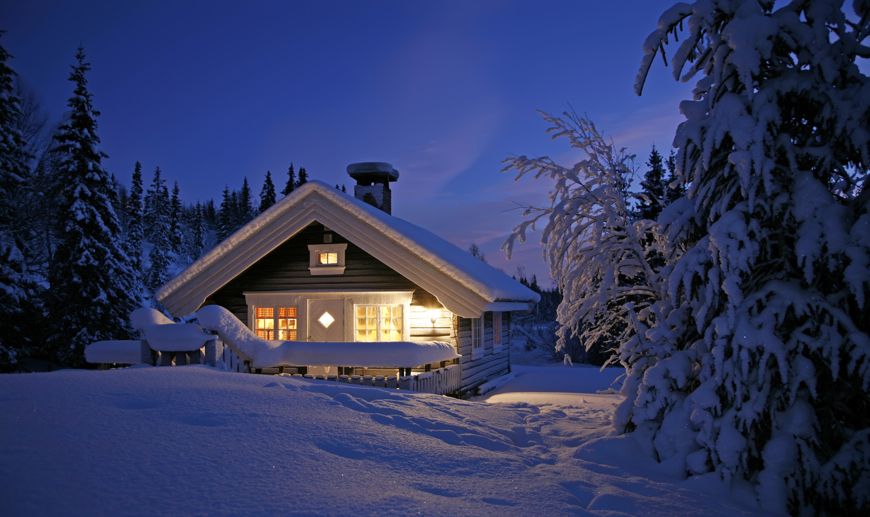12 Home Winterizing Tips That Will Save You Money
Whether you’re already sharing Facebook selfies catching the first snowflakes of the year on your tongue or you’re still pining for a brisk breeze to sweep away the last tendrils of autumn, this is a smart time to prepare your home for the inevitable winter ahead. With just a few steps, you can head off unexpected repairs and boost your home’s energy efficiency so you save money all year long.
1. Get a check-up for the furnace.
Just like a tune-up for your car, a professional tune-up for your furnace ensures your heating system is up to the season ahead. A qualified technician will screen for carbon monoxide leaks, check and replace air filters, inspect the gas line running to your furnace, and check the operation of the blower, motor, and fan. He’ll also remind you to change your furnace filters monthly — a must-do all year ’round!
2. Seal heating system ducts.
If your central heating ducts are leaky or poorly insulated, you could be losing heat before it reaches your vents. That’s a lot of heat — and dollars — leaking into the attic. Ducts also collect a prodigious amount of dust, mold and other gunk over time. Smart strategy: Get the HVAC specialist who inspects your furnace to go over your ductwork, too.
3. Insulate the attic.
While you’re poking around in the attic, don’t forget to insulate. If your attic doesn’t have at least 12 inches of insulation, you’ve got some upgrades ahead. Caution: Don’t install insulation with a paper backing on top of other insulation, or you’ll risk trapping moisture and growing mold.
4. Seal off drafts.
The attic’s not the only spot you may be losing heat in all the wrong places. Drafts literally blow 5 to 30 percent of your heat (and your heating budget, too) through the unsealed cracks and crevices of your home. Check for drafts by holding a lit stick of incense near windows and doors on a windy day, and watch for wavers in the smoke. Insulate or caulk leaky areas, or use an old-fashioned draft snake to block air underneath a door.
5. Install storm windows and doors.
Now that you’ve sealed the drafts around your windows and doors, add an extra layer of insulation by installing storm windows and storm doors. Storm doors and windows shut out wintry winds and cold air. They can boost your home’s energy efficiency by as much as 45 percent.
6. Check the chimney.
Your chimney doesn’t necessarily need to be swept every single year, but it does need an annual inspection. Woodstoves, however, should be swept more often — as soon as they’ve accumulated a quarter of an inch of creosote.
7. Reverse ceiling fans.
Ceiling fans aren’t only for summertime cooling. Now’s the time to reverse ceiling fans (look for a small switch on the body of the fan) to turn clockwise and recirculate warm air downward.
8. Wrap pipes.
Head off burst pipes before freezing nights sneak up on you. Cover or wrap outdoor spigots, and slide pre-slit foam insulation tubes onto water pipes running through unheated cabinetry, crawl spaces, basements, and garages.
9. Trim trees.
Trim tree branches near your windows, roof, or parking areas before the weight of winter ice and snow can cause them to snap.
10. Clean gutters.
Clear dead leaves and debris from gutters to prevent ice dams and blockages that can force water into your home and through the ceilings.
11. Winterize the A/C.
Prevent frozen air conditioning lines by draining hoses and drain pans and turning off water shutoff valves. Remove window A/C units to prevent drafts, and store them away for the winter.
12. Check detector batteries.
And of course, every change of season is the right time to check smoke alarm and carbon monoxide detector batteries. Make it part of your regular maintenance to keep your home safe and sound all year long.
/2016_-_Q1_Year_To_Shine/logo.png)
